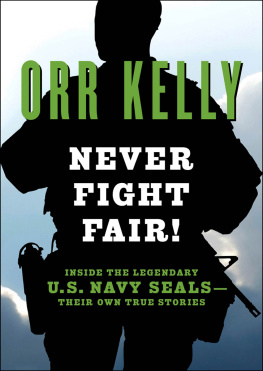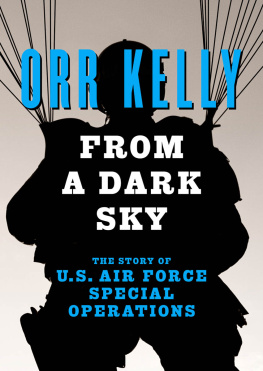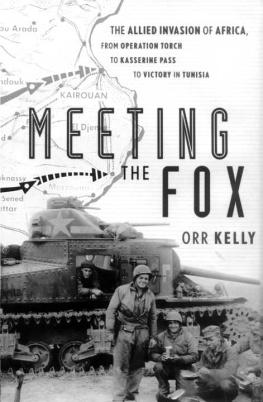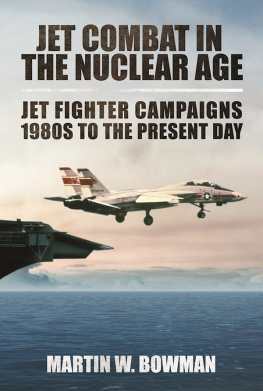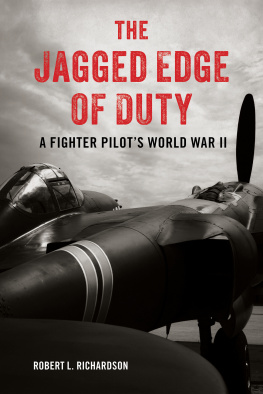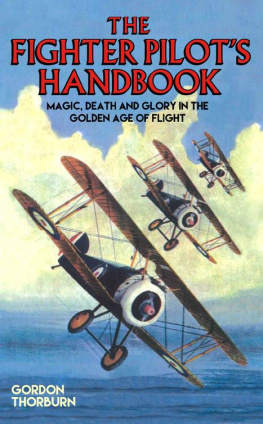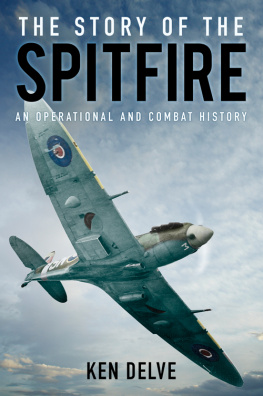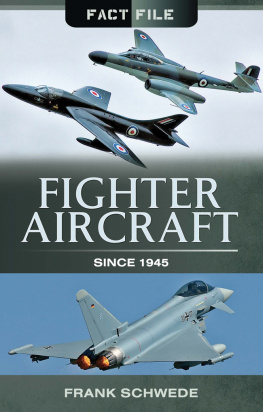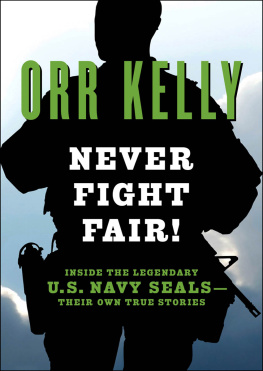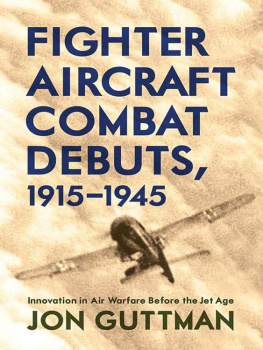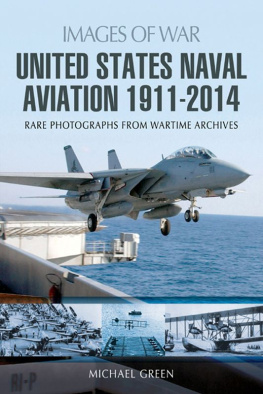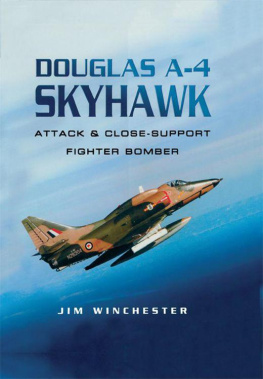Preface
Throughout my reporting and research on this book, I had a good deal of help both from the navy and from the companies that manufacture the plane or provide major components.
They provided their assistance freely although they had no way of knowing whether the book, in its final form, would reflect favorably on the navy and its contractors, which it does, or whether it would highlight serious faults, which it also does.
Rear Adm. Jimmie Finkelstein, an old friend who was then the navys chief of information, got me started. Vice Adm. Robert F. Dunn, deputy chief of naval operations for air warfare, suggested a number of people to interview and bases to visit and okayed my request for a flight in the F/A-18.
In Finkelsteins office, Lt. Comdr. Sheila Graham, Lt. Bruce Cole, Lt. Frank Thorp, and Lt. Robert Fallon helped me to make appointments and gather information from naval sources. Bob Fallon became my personal guide through the bureaucratic labyrinth, time after time making the impossible become possible. Also helpful were Denny Kline and Grace Green of the Naval Air Systems Commands public affairs staff.
At Patuxent River Naval Air Station, Bill Frierson, the public affairs officer, was both helpful and sympathetic as I went through the ordeal of the flight physical and the physiological training described in the Appendix.
At Cecil Field, Florida, the East Coast training base for Hornet pilots, Nick Young, a veteran navy public affairs officer, put me in the hands of Lt. Casey Albert, who introduced me to many of the instructor pilots and then arranged for me to spend several hours in the simulators so I could gain some appreciation of what it is like to land on a carrier at night, what it is like to attack targets on the surface, and what it is like to come up against a skilled foe in a dogfight.
During my visit to Lemoore Naval Air Station, California, where I flew in the F/A-18, Dennis McGrath, the air stations public affairs officer, put me in touch with the pilots in VFA-125, the first Hornet training squadron.
At the Fallon Naval Air Station, Comdr. William Shepherd, the Strike Universitys executive officer, found time in his schedule to fill me in on how entire air wings are trained there before they are deployed and how senior officers go through an intensive course to prepare them for war at sea.
When I visited the Coral Sea, during training exercises in the Atlantic north of Puerto Rico, Lt. Robert Rivera and JOC(SW) James P. McKane III ran me up and down ladders from the top of the ship to the deepest engine rooms to help me understand how the Hornet operates aboard a carrier. At Norfolk, Lt. Comdr. Mike John helped arrange for my visit to the ship.
At the Top Gun school at Miramar, Lt. Jim McAloon, an F-14 backseatera naval flight officer and not a pilotnot only described the training in aerial combat but helped me to understand how air crews are learning to use the Tomcat and the Hornet together to take advantage of their unique capabilities.
My visits to the factories where the Hornet, its radar, and its engines are made began at the McDonnell Douglas plant in St. Louis, where Timothy J. Beecher, director of communications, and his assistant, Thomas J. Downey, arranged for me to interview a parade of engineers, managers, and test pilots who had been involved in designing, manufacturing, and testing the planeand who had suffered through the difficult days when everything seemed to go wrong.
From St. Louis, I went on to southern California. At Northrop, Tony Cantafio and Gregory A. Waskul, of the companys public affairs staff, filled me in on Northrops role in development of the F/A-18 at the corporate headquarters in Century City. Then I went to the plant in nearby Hawthorne for a tour of the plant under the guidance of Terry Clawson and visits with officials involved in development and production of the plane.
A short distance away, at Hughes Aircrafts Radar Systems Group, Kearney Bothwell, director of public relations, introduced me to three of the executives involved in development and production of the radar and then took me on a tour through the plant.
Later, on the East Coast, I spent two days at the General Electric jet engine plant in Lynn, Massachusetts, where the engines for the F/A-18 are made. My guide there was Kent Schubert, an independent public relations consultant who works under contract for G.E.
Much of my preliminary research for the book was carried out at the Pentagon library, the library of the Smithsonian Institutions Air and Space Museum, and the Montgomery County library branch in Bethesda. The files of the Current News, the Pentagons daily summary of newspaper and magazine articles, were an important source of background information. Earlier, when I was an associate editor and Pentagon correspondent for U.S. News & World Report magazine, I did some research on the history of the F/A-18 with the help of members of the magazines library staff.
My reporting on the history of the F/A-18 provided a fascinating opportunity to see a major Pentagon weapons procurement program wholefrom the early debates over whether the navy needed a new plane and what kind it should be to the planes first use in combat. Robert Tate, my editor at Presidio Press, patiently helped me to organize this complex story, covering a period of nearly two decades and involving politics, billions of dollars, high technology, tactics, and strategy. Because it is a complex story, the reader may benefit from a brief guide to the way the book is put together.
The first chapter covers the early controversy over the kind of plane that was needed. The second provides some perspective with a review of the history of military and, especially, naval aviation. The third picks up again with the development of the plane and the early decisions on what it should be expected to do.
The next four chapters describe the technology that makes the Hornet the unique plane that it is. Chapter 4 covers the all-important radar, the computers, the cockpit, and the controls. Chapter 5 covers the development of the engine. Chapter 6 brings these elements together with the airframe to make an airplane. Chapter 7 is devoted to the largely untold story of the critical problems associated with the tall vertical tails and how the manufacturers and the navy struggled to fix them.
The final two chapters cover the training of the pilots and ground crews and the first use of the plane by the marines and navy, including an account of the Hornets first use in combat in the 1986 raid against Libya. The book ends with a description of how the F/A-18 would be used in the ultimate test: a major war with the Soviet Union.


